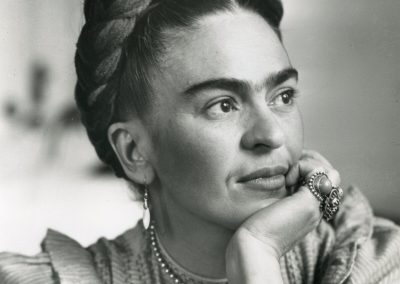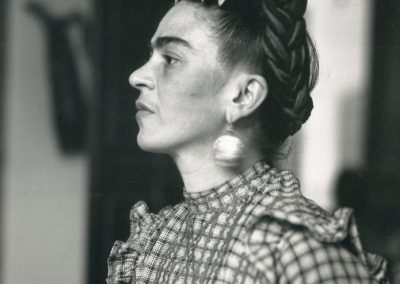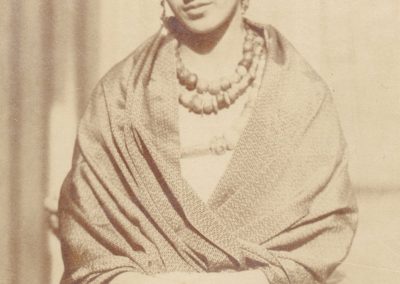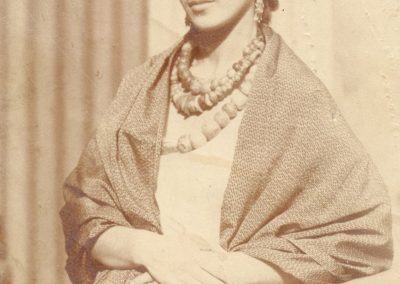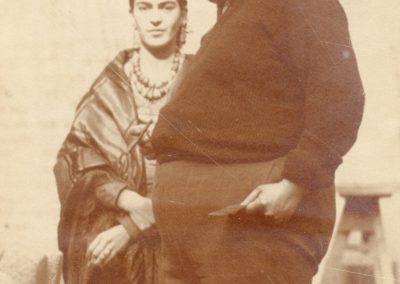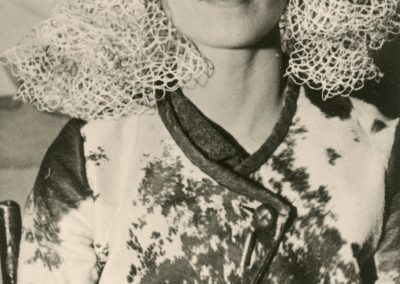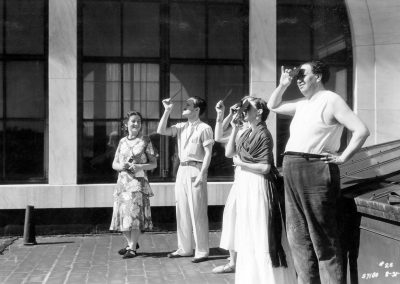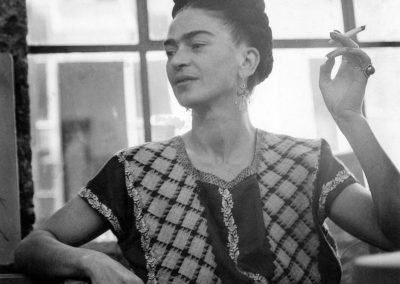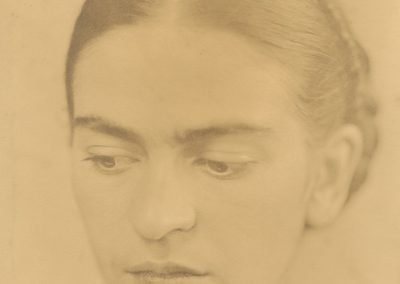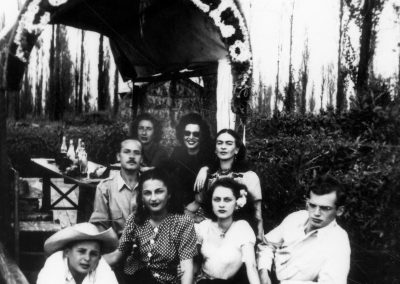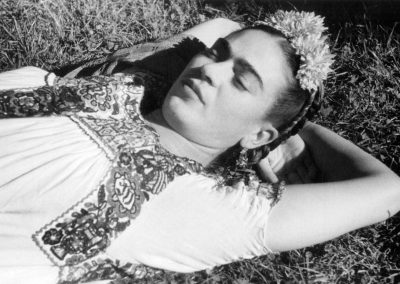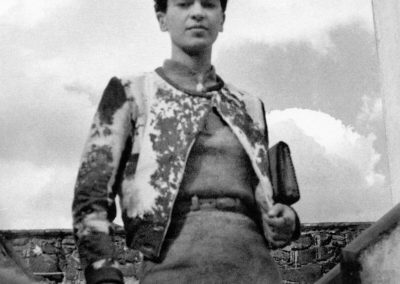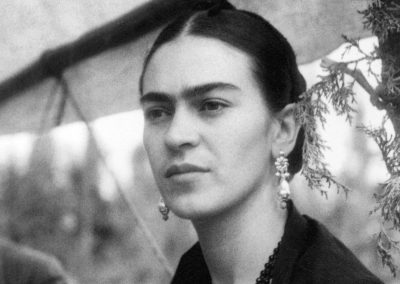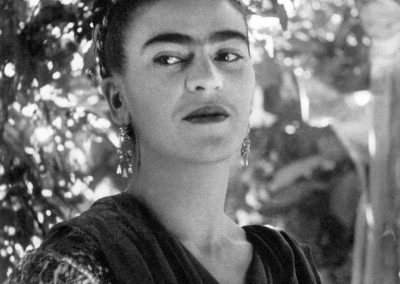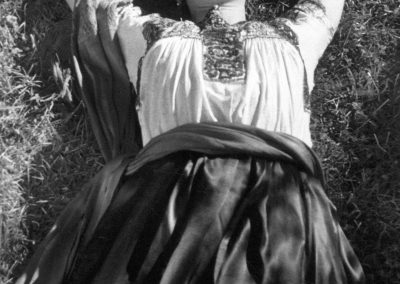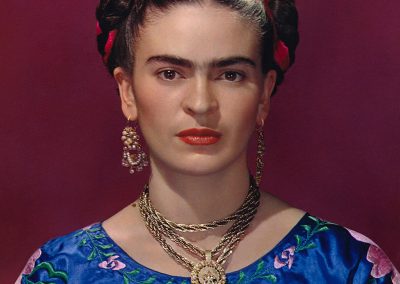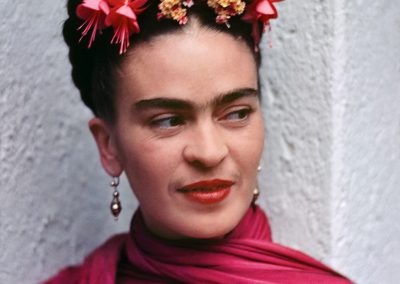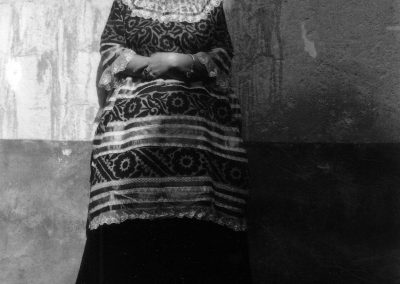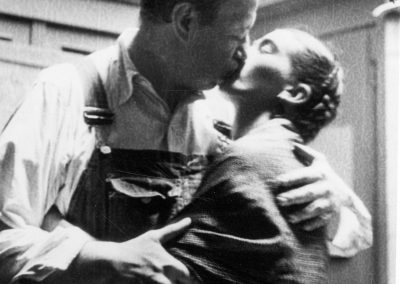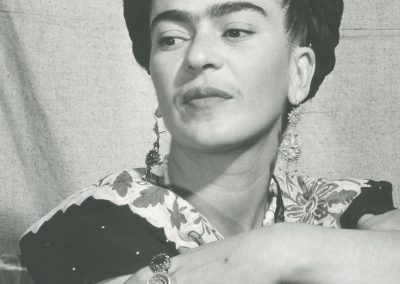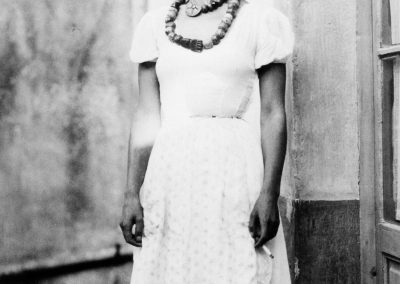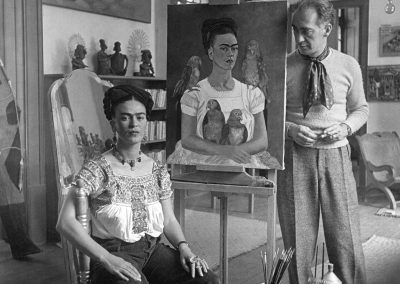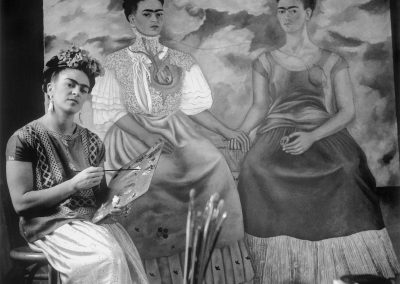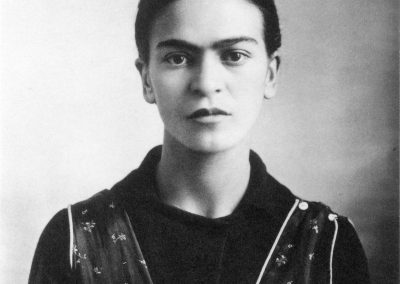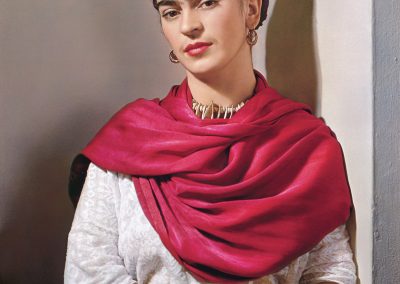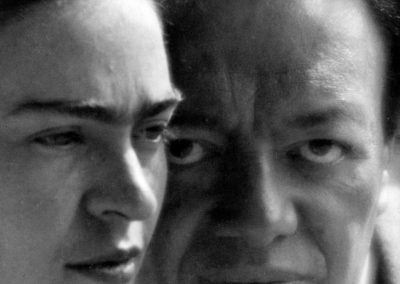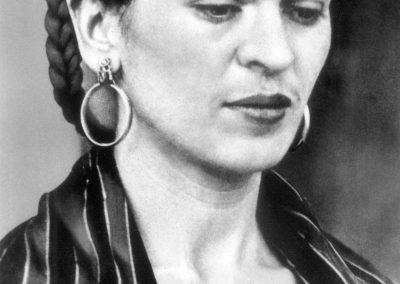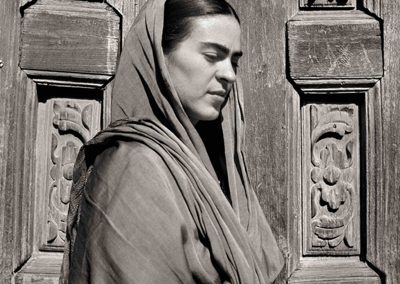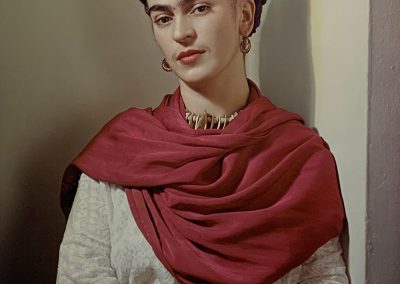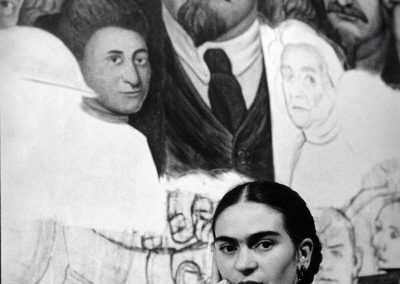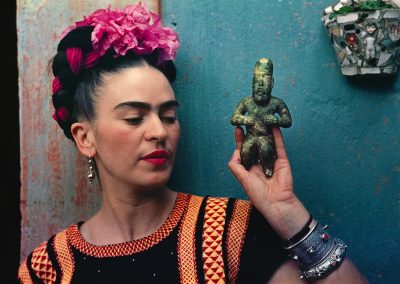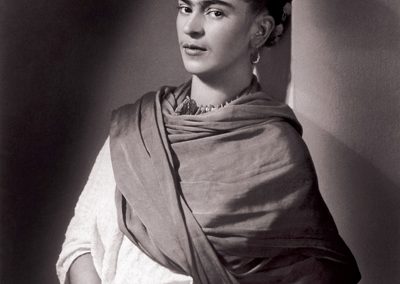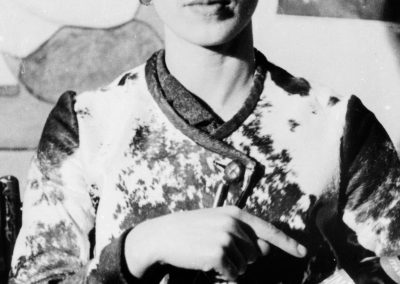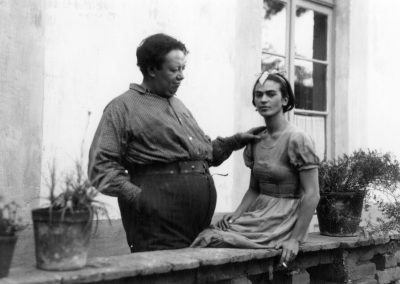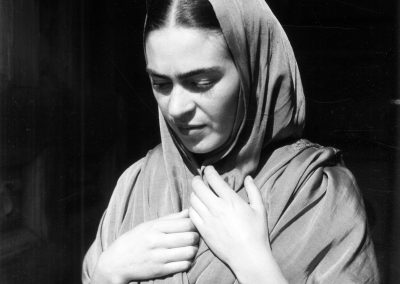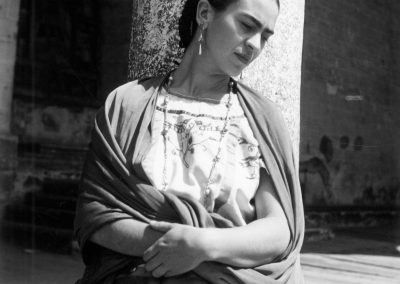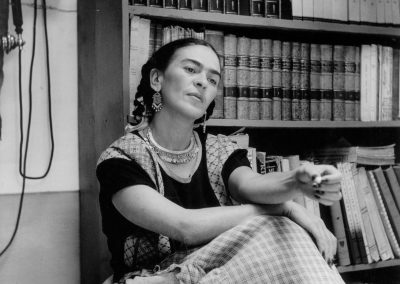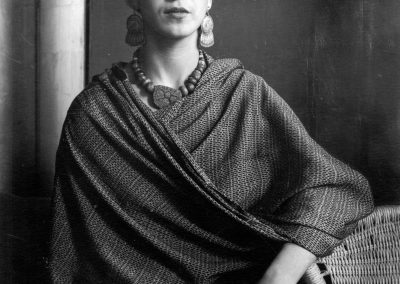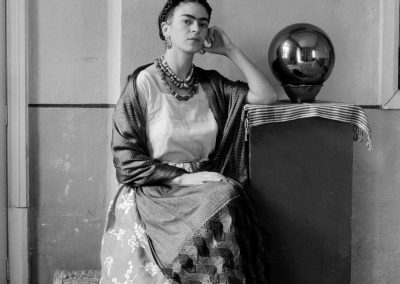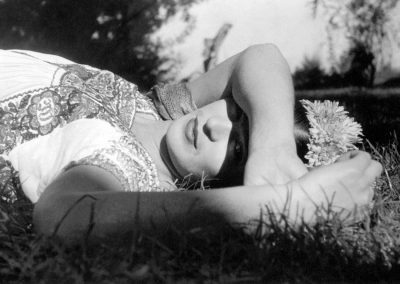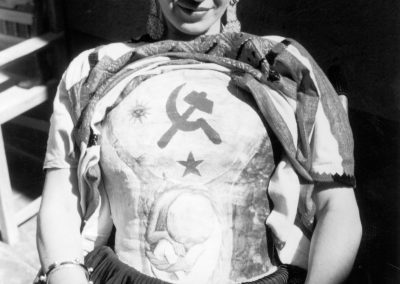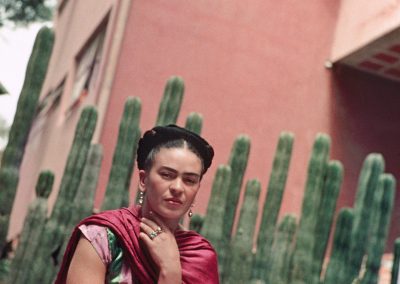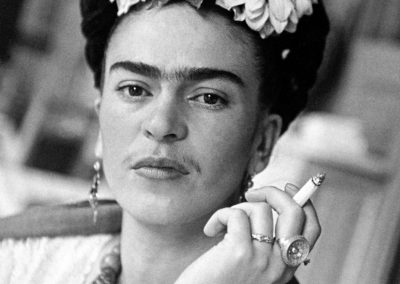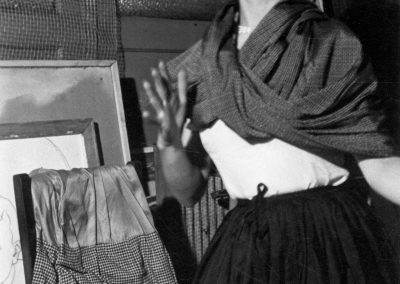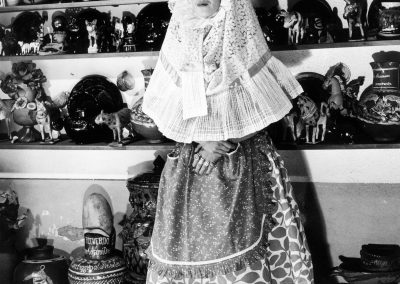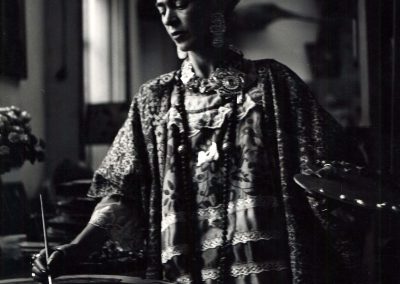Frida Kahlo Forever Yours …
May 2nd – September 7th, 2024
Frida Kahlo Forever Yours Exhibit Brochure
Please download an in-depth PDF of the Frida Kahlo Forever Yours exhibit.
Complete with the artists’ works, and stock numbers when referencing for purchase.
The intensity of Frida is captured in this important exhibition of photographs of Frida. Many of the photographs shown were taken by Frida’s friends and lovers; other images are from celebrated photographers. This exhibit at Throckmorton Fine Art is fascinating: it is the creation of a visual biography using photographs of her by those who she trusted.
The earliest photographs of Frida were taken by her father, Guillermo Kahlo, who fondly called her Friducha. Later photographs were taken by friends, lovers, artists, and some of the most renown photographers in the history of world photography. Frida understood these photographs were creating not only a personal record of her life, but also documenting the art community in Mexico in which she played a pivotal role. Her understanding of the power of photography was certainly heightened by her father being a well-known photographer in Mexico City. Indeed, she assisted him by retouching images in his studio. Frida curated her copies of photographs taken of her, building a collection that documents important chapters in her life.
Spencer Throckmorton, the principal of Throckmorton Fine Art, has spent the better part of forty-five years building a complementary collection of photographs of Frida. Spencer has spent time in Mexico City, beginning decades ago, looking widely for photographs of Frida, with some found in the most unlikely of places, from flea markets to used bookstores to dealers in photographs and graphic art. Spencer has also availed himself of the auction houses. He slowly, but steadily, built what must be the finest and most complete private collection of photographs of Frida.
The photographs of Frida in the exhibit document her life from two years of age to just before her death at the age of forty-seven. There are photographs of Frida taken by family members, friends, and lovers, ranging from Guillermo Kahlo to Rosa Covarrubias. There are also photographs of her taken by celebrated photographers, who often went to great lengths to photograph Frida. The roster of these well-known photographers include: Fritz Henle, Lucienne Bloch, Bernard Silberstein, Leo Matiz, Nickolas Murray, GiseleFreund, Manuel Álvarez Bravo, Lola Álvarez Bravo, Leon de Vos and Edward Weston.
Frida is a twentieth century icon, and her fame has only grown in the twenty-first century. Indeed, she is no longer referred to as the wife of Diego Rivera, instead Diego Rivera is now known as the husband of Frida Kahlo. Her paintings hang in the most revered room on the fifth floor of the Museum of Modern Art, the room housing masterpieces by Salvador Dalí and René Magritte. Frida never adopted a particular school of painting; the Surrealists adopted her. Her paintings, her writing, and even photographs of her, capture a stirring passion, intellectual honesty, and bravery that continue to inspire. Her personal mythos led to an original magical realism, one that remains relevant as a creative impulse for contemporary artists, and even for all of us just trying to make sense of our place in the world.
The photographs of Frida exhibited at Throckmorton Fine Art demonstrate how this cultural icon used herself as an ongoing and never-ending performance, but one of utter seriousness of purpose. Frida’s uncensored life, so ably documented in photographs, is a great legacy, just as are her paintings.

